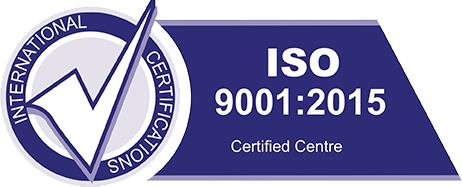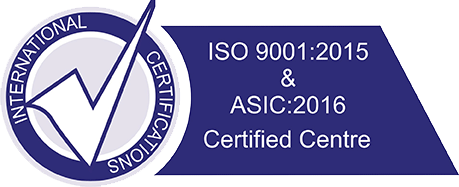
Women with PCOS (Poly Cystic Ovarian Syndromes) have irregular menstrual periods and do not ovulate every month. Since they do not ovulate every month they have trouble getting pregnant. This is because the secretion of testosterone hormone is very high in women with PCOS. Besides irregular menstrual cycle, increased levels of Testosterone hormone causes symptoms like acne, facial hair, excessive body hair, hair loss.
Women with PCOS (Poly Cystic Ovarian Syndrome) can benefit from ovarian drilling. These women have very thick ovarian lining. Every month during ovulation the egg fails to release and remains in the ovaries forming cysts. In long run multiple cysts are formed.
By drilling holes in this thick Ovarian lining the levels of testosterone being produced in the ovaries can be brought down. Also the ovaries can release the egg each month and therefore have regular period. This in turn helps improve the condition of these women and they can have a better chance at conceiving. Ovarian drilling is particularly helpful for women who are trying to conceive by taking hormone therapy and have failed.
How is ovarian drilling done?
Ovarian Drilling is a process of making multiple punctures in the ovary, either with the help of a needle or
electric current with the purpose of reducing the severity of polycystic ovaries. Ovarian drilling procedure can be done via Laparoscopic surgery which is a minimal invasive surgery:
- A thin, lighted telescope (laparoscope) is put through a small surgical cut (incision) near the belly
button. - A tiny camera is used to see the ovaries.
- The surgeon inserts tools through other tiny incisions in the lower belly and makes very small holes in the ovaries.
It is an extremely useful procedure provided certain points are kept in mind:
- The beneficial effects are temporary and disappear after 6 months.
- It must only be done in certain cases.
- Done wrongly, it has the potential to reduce the number of eggs.
Indications for doing Ovarian Drilling:

Women who fail to ovulate even on ovulation inducing medicines.
The outer layer of the ovary is thicker in such women and does not allow ovulation.
Women with high LH levels.
The drilling reduces the outer thickness of the ovary, making the ovary more responsive to hormones, thus reducing their secretion from the brain)
Women who do not ovulate and are undergoing Laparoscopy for tubal evaluation.
Women should not be offered drilling as a first option before medicines have been tried. However if
Laparoscopy is being done for tubal evaluation, then they may also get a drilling done.
Points to be kept in Mind during Ovarian Drilling:
- Simple presence is not an indication since the ovaries may look polycystic but the lady may not have any symptoms of the disease and thus drilling won’t be necessary.
- Not on Unmarried girls since the effect is temporary and has only a beneficial effect on fertility thus making it unnecessary in case of unmarried girls with delayed periods.
- Rule of 4 should be followed so as to minimize the harmful effects of drilling on the ovarian reserve.

What are the benefits of ovarian drilling?
The goal of this procedure is to restore a woman’s menstrual cycle and help her ovulate. About 50% of women get pregnant in the first year after surgery. Some women still may not have regular cycles after the surgery. Others may have other fertility problems (such as blocked tubes or a low sperm count) that can prevent pregnancy. Ovarian drilling is a one-time treatment unlike fertility medicines that have to be taken every month. Having twins or triplets is not as likely with ovarian drilling as with fertility medicines. However, the benefits of ovarian drilling are not permanent. Ovulation and menstrual cycles may become irregular again over time. For some women with PCOS, ovarian drilling will not fix the problems with irregular periods and ovulation, even temporarily. However, ovarian drilling can help a woman respond better to fertility medicines.
What are the risks of ovarian drilling?
Although the risk of death is very rare, Ovarian drilling procedure might be associated with certain risks. Often the decision to go ahead is a tough one to make and should be done in total confidence with the doctor after weighing the pros and cons. The most important question is whether the woman has indications that he will benefit from ovarian drilling and does the outcome of the procedure far outweigh the risks. Like on some women with PCOS, Ovarian drilling can make them temporarily ovulate, there by giving them a period to conceive.
Risks associated:
· Early menopause
· Surgical side effects: Bleeding and infection
· Injury to bowel/ bladder blood vessels
· Adhesions and scarring.
Ref:
1. Thessaloniki ESHRE-ASRM 2008 PCOS Consensus.
2. Ovarian drilling for infertility - fact sheet, ASRM,


